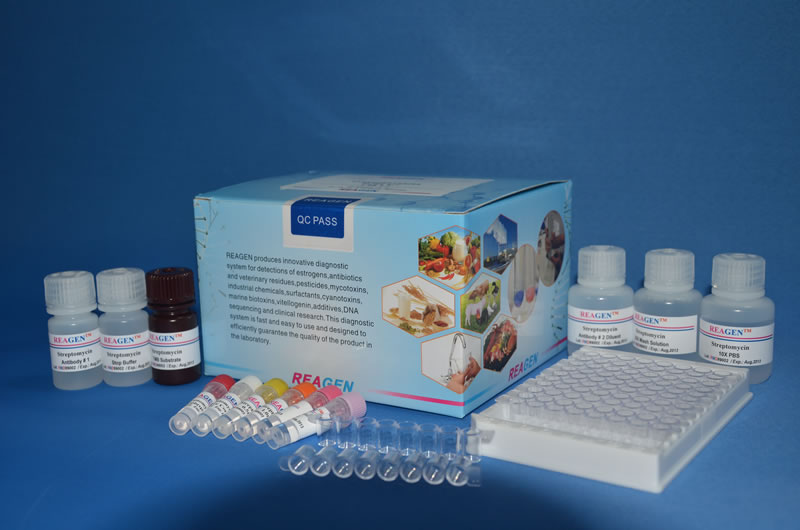ZAP70, Active
货号: 7752-5 产品名称: ZAP70, Active 品牌: Biovision 规格: 5 μg 3周到货 生化实验
Active ZAP70
Involved in signaling by the T-cell antigen receptor
Product Overview
Alternate Names / Synonyms: ZAP 70, ZAP-70, Active ZAP70, ZAP70, ZAP, human ZAP70, active kinase, active kinases, recombinant ZAP70, recombinant ZAP, kinase activity assay, protein kinase
Gene Symbol: ZAP70
Accession #: P43403
Gene ID: 7535
Source: Baculovirus (Sf9 insect cells)
Appearance: Liquid
Physical Form Description: Recombinant proteins in storage buffer (50 mM Tris-HCl, pH 7.5, 150 mM NaCl, 0.25 mM DTT, 0.1 mM EGTA, 0.1 mM EDTA, 0.1 mM PMSF, 25% glycerol).
Molecular Weight: 96.0 kDa
Purity by SDS-PAGE: ≥90%
Purity by HPLC: N/A
Endotoxin Level: N/A
Biological Activity: 113 nmol phosphate incorporated into Poly(Glu-Tyr) substrate per minute per mg protein at 30°C for 15 minutes using a final concentration of 50 µM ATP (0.83 µCi/assay in 25µl reaction volume).
Reconstitution Instructions: N/A
Storage Temp.: -80°C
Shipping: dry ice
Background Information: ZAP70 is a non-receptor protein tyrosine kinase (part of the Syk/Zap70 family) that is involved in signaling by the T-cell antigen receptor (TCR). Ligation of the TCR/CD3 receptor in Jurkat T-cells induces phosphoprotein complexes which contain ZAP70 (1). TCR zeta chains are initially phosphorylated by p56Lck that lead to the recruitment of ZAP70 via its SH2 domain. ZAP70 in turn phosphorylates other proteins in the TCR-phosphoprotein complex. ZAP70 tyrosine kinase is tyrosine phosphorylated in Jurkat T cells and in purified peripheral T cells after MHC-I ligation. The phosphorylation of ZAP70 after MHC-I ligation is dependent on TCR/CD3 surface expression. One of the natural substrates for ZAP70 is the zeta-chain dimer of the TCR/CD3 complex (2). Another substrate of ZAP70 is LAT (linker for activation of T cells). Direct tyrosine phosphorylation of LAT with activated protein-tyrosine kinase Zap70 is necessary and sufficient for the association and activation of signalling proteins. Zap-70 efficiently phosphorylates LAT on tyrosine residues at positions 226, 191, 171, 132 and 127. By substituting these tyrosine residues in LAT with phenylalanine and by utilizing phosphorylated peptides derived from these sites, the tyrosine residues in LAT have been shown to be required for the direct interaction and activation of Vav, p85/p110α and phospholipase Cγ1 (PLCγ1) (3).
Handling: Centrifuge the vial prior to opening.
Usage: For Research Use Only! Not to be used in humans.
-80°C

